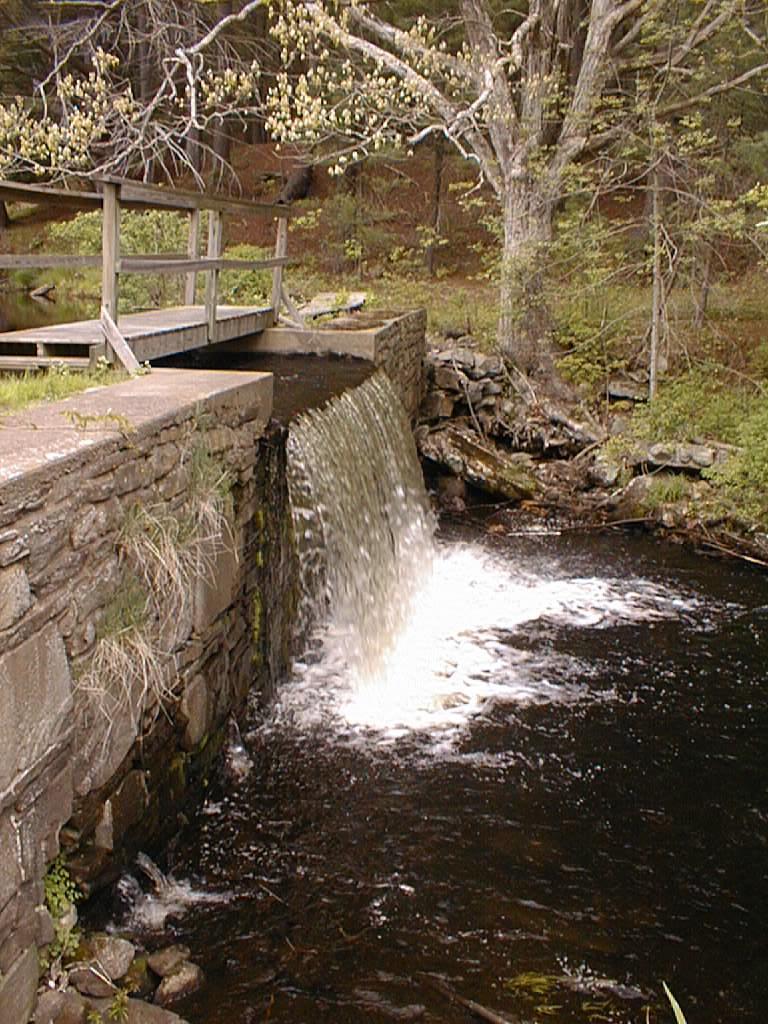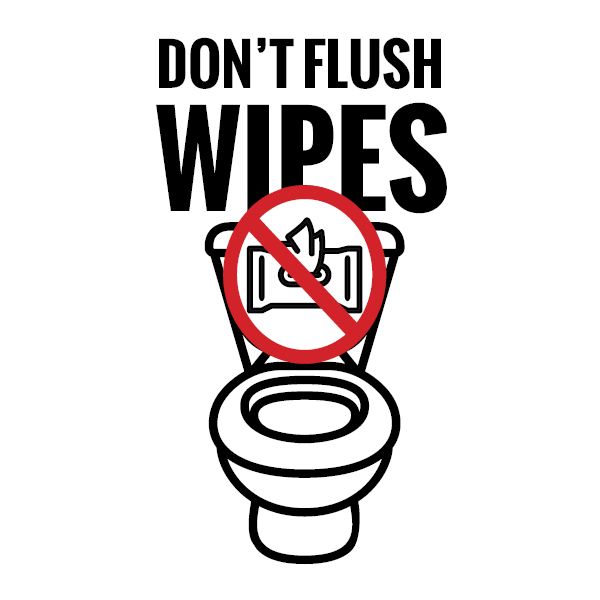MakingWaves - Volunteer for WAVE; HABS Notifications; Dam Safety Awareness Day; FEMA Training Available; NEP Grant RFP; Don't Flush Wipes
The New York State Department of Environmental Conservation sent this bulletin on 05/29/2020 02:13 PM EDT |
| DEC Delivers - Information to keep you connected and informed from the NYS Department of Environmental Conservation |
| Share or view as a web page || Update preferences or unsubscribe |
MakingWaves - News from the Division of Water |
In this Issue:
Volunteer for WAVE Stream Sampling
The WAVE citizen science sampling season is fast approaching, and you can take steps now to participate. WAVE (Water Assessments by Volunteer Evaluators) is a DEC program where volunteers collect “stream bugs” to measure water quality in wadeable streams. Anyone who can kick over a rock can participate. The sampling season is from July to September. Follow these steps to get involved:
Harmful Algal Bloom NotificationsDEC’s harmful algal bloom (HABs) notification season has begun. HABs notifications will be updated through the fall using an online reporting and notification system dubbed NYHABS. The system includes an interactive map that shows reports of freshwater HABs, as well as a new public reporting system. Instructions on how to use NYHABS are on DEC's HABs notification page. Know it: If you see a HAB, please use the reporting form to submit a report to NYHABS. Avoid it: Because waterbodies may have HABs that have not been reported to DEC, we recommend avoiding contact with floating mats, scums and discolored water. Report it: If you, your family, or pet has been in contact with a HAB, please rinse with clean water and report any symptoms to your local health department. Dam Safety Awareness Day is May 31
May 31 is National Dam Safety Awareness Day. On this day, we remember the lessons learned from past dam failures and rededicate ourselves to the effective public-private partnerships that work to keep America's dams safe, operational and resilient. The issue of dam safety was recognized nationally in 1889 when the failure of South Fork Dam near Johnstown, Pennsylvania, claimed more than 2,200 lives. DEC encourages you to understand the importance of properly operating and maintaining dams in preventing loss of life and economic and environmental damage. Commemorate Dam Safety Awareness Day by learning more about New York's dam safety program and DEC's role in dam oversight.
FEMA Emergency Management Institute Training AvailableThe Emergency Management Institute (EMI) offers self-paced courses designed for people who have emergency management responsibilities and the general public. All are offered free-of-charge to those who qualify for enrollment. A new online training opportunity is now available: IS-1119 Letters of Map Amendment (LOMAs) and Letters of Map Revision-Based on Fill (LOMR-Fs) Course. The course is designed to provide information to individuals interested in Letters of Map Change (LOMCs), LOMAs, and LOMR-Fs. The training is a great opportunity for floodplain administrators. For more information and to access the course, visit the FEMA EMI website. NEP Coastal Watershed Grant Request for ProposalsThe National Estuary Program (NEP) Coastal Watershed Grant Program has announced a Request for Proposals (RFP) for projects that address threats to coastal and estuarine areas of national significance, including parts of Long Island and the Hudson River Estuary watershed in New York. Priorities include nutrients, loss of habitat, flooding and coastal erosion. This newly created, nationally competitive grant program is administered by Restore America’s Estuaries in coordination with the EPA. Letters of Intent are due by 5 p.m. on August 7, 2020. Full proposals, by invitation only, are due November 6, 2020. Visit the NEP Coastal Watershed Grant Program webpage for more information. Prospective applicants are encouraged to participate in an informational webinar on Wednesday, June 3 from 1 p.m. – 3 p.m. To participate, register now. Don't Flush Wipes or Other Garbage
Certain materials flushed down toilets can damage sewer systems, wastewater treatment operations, or private septic systems, even when they are labeled as flushable. Correcting the damage is expensive, so do not flush any of the items listed below, no matter how small. Please throw them in the trash.
|



